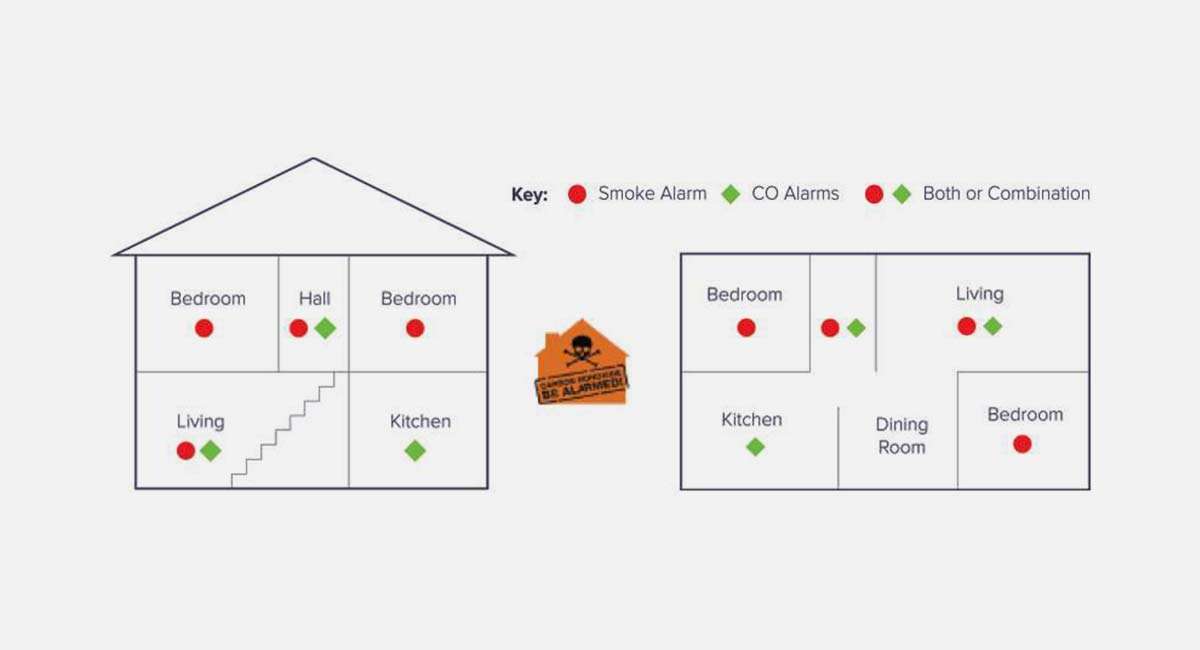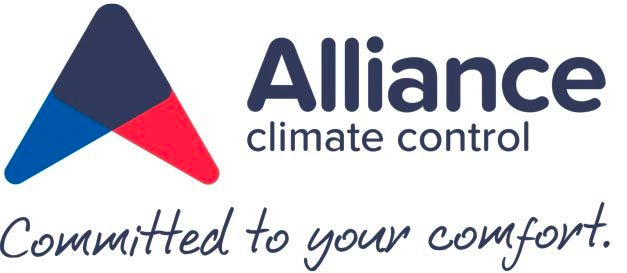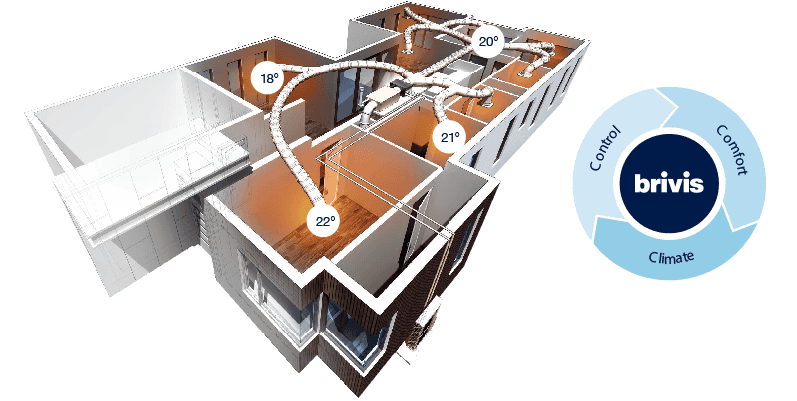

We all want to feel safe in our homes, as we should.
But what if you knew one of your appliances could be making you and your family ill?
Gas heaters should always be installed professionally, by a trained and qualified gasfitter. If installed improperly, an unsafe heater can lead to house fires or release air pollutants directly into your home, which can lead to poor indoor air pollution and have an impact on your health. These air pollutants include carbon monoxide.
Carbon monoxide is both colourless and odourless and high levels of intoxication can be extremely dangerous. The level of air pollutants varies depending on multiple factors including proper use of your heater and how often it is serviced. Carbon monoxide has many eects, but most prominent are its ability to restrict your oxygen levels and impair thinking and reflexes.
Carbon monoxide poisoning is a result of carbon monoxide levels, particularly where rooms have a lack of fresh air.
Symptoms of carbon monoxide poisoning mimic those of the flu and can include:
- Headaches
- Dizziness
- Weakness
- Vomiting
- Nausea
- Chest pain
- Shortness of breath
- Confusion
- Blurred vision
- Loss of consciousness
People most susceptible to carbon monoxide poisoning include those with heart conditions, infants, unborn babies, and the elderly.
As the seasons change and we begin to turn on our heaters, be conscious of if you or anyone in your home is experiencing any of the above symptoms, or worsened symptoms particularly when the heater is on. If so, there may be a faulty gas heater releasing carbon monoxide into your home.
There are multiple ways to mitigate your risk from carbon monoxide poisoning. The most prominent is ensuring that your heater is serviced regularly (at least every two years) by a trained and qualified technician. Further, installing carbon monoxide alarms are another option, but without industry standards in Australia, you’ll want to be sure the alarm is certified to meet either European (EN50291) or US (UL2034) standards.
What is a Carbon Monoxide Alarm?
A carbon monoxide simply an alarm that detects elevated levels of this deadly gas, then emits a loud beep when they are detected. This loud beep should never be ignored. If you have a carbon monoxide alarm and it goes o, you should immediately take everyone in the house and exit it. You should also when safe to do so, open up the doors and windows to allow oxygen to enter and the carbon monoxide levels to dissipate to safer levels.
Carbon monoxide alarms should be installed at about knee height (considering your system is an underfloor ducted). May for any reason your systems air distribution outlets be at ceiling-high, its best to have an alarm installed at ceiling high. The reason for this is because carbon monoxide gas mixes evenly with the air in a house. So, having a detector that is close.

General rule of thumb
You should try to place a carbon monoxide alarm in each room of your house where someone sleeps. People are much more vulnerable to carbon monoxide poisoning while they are sleeping, so investing a little extra money to supply one alarm per bedroom is well worth it.
Place a carbon monoxide alarm in your kitchen
Since this is an area of your home where elevated carbon monoxide levels are more likely to be an issue. Placing an alarm in a laundry room if it uses a gas dryer, near a gas furnace, and near a gas-powered water heater is also a good idea.
Call us on 02 8061 5023 to make a booking with our insured friendly air conditioning technicians today.








